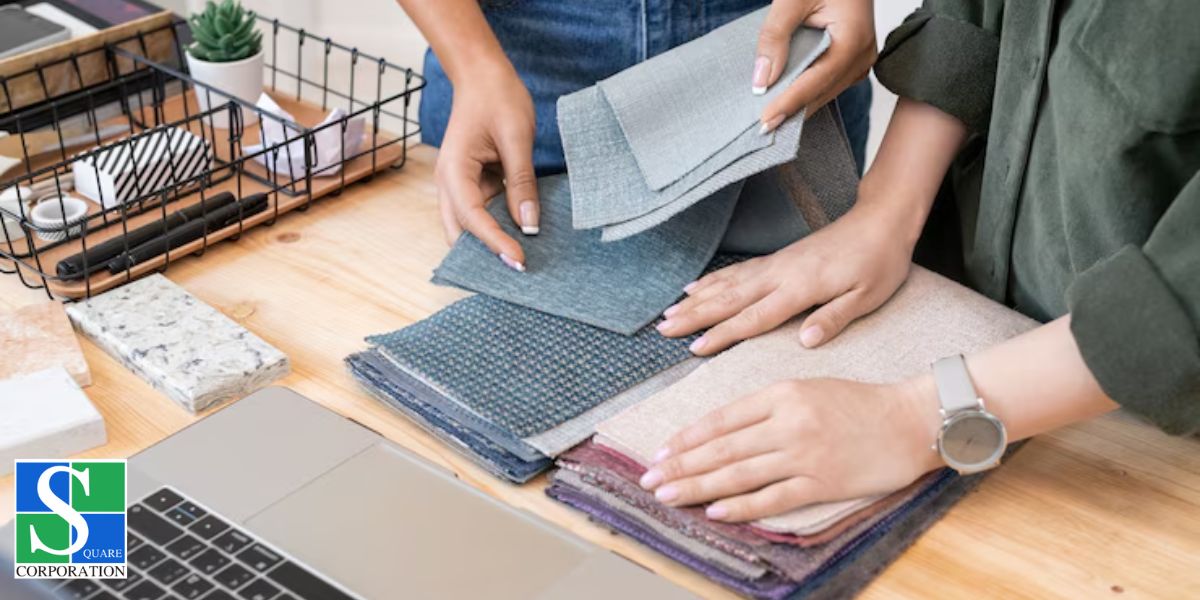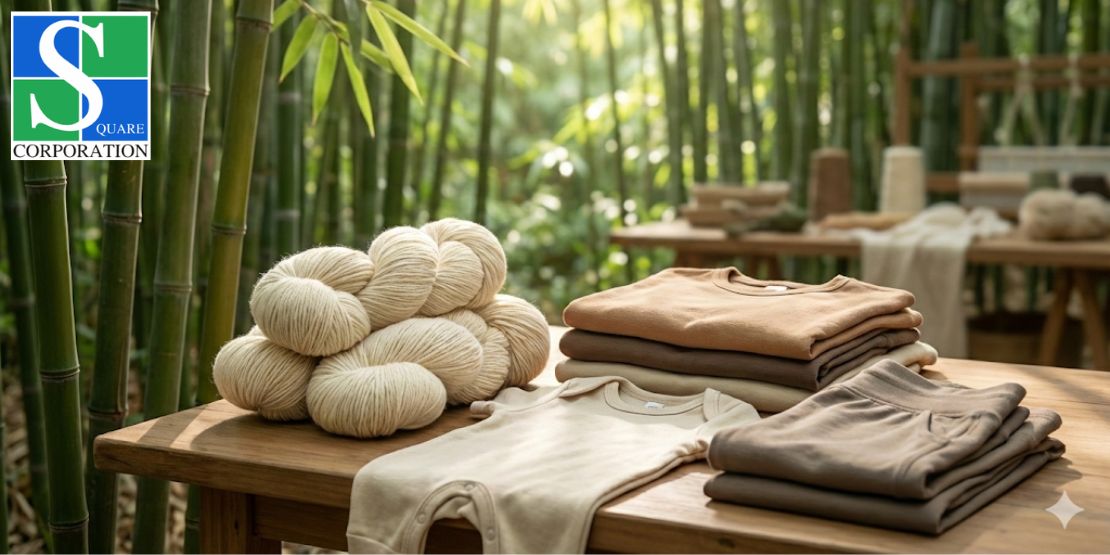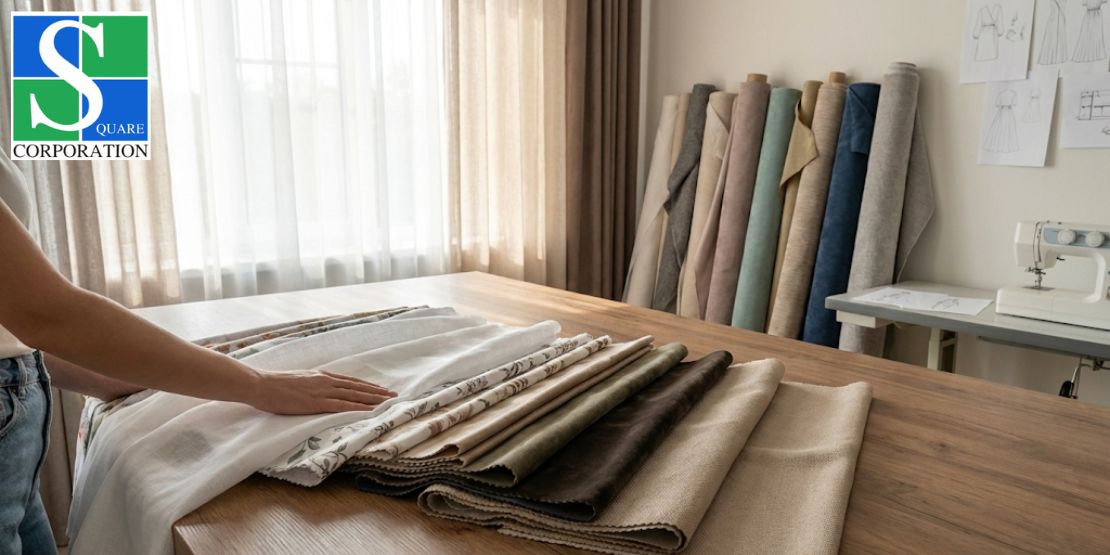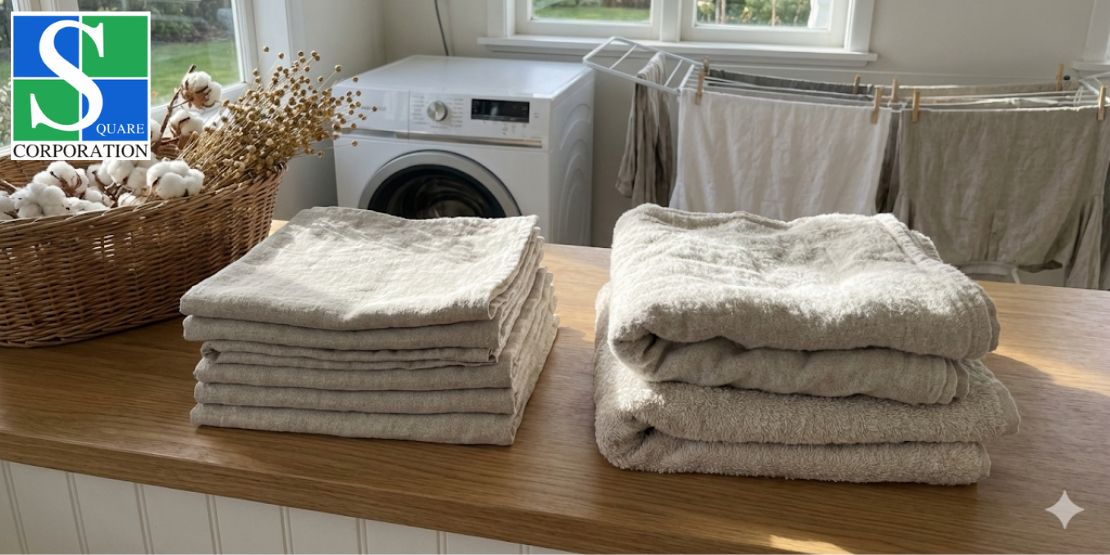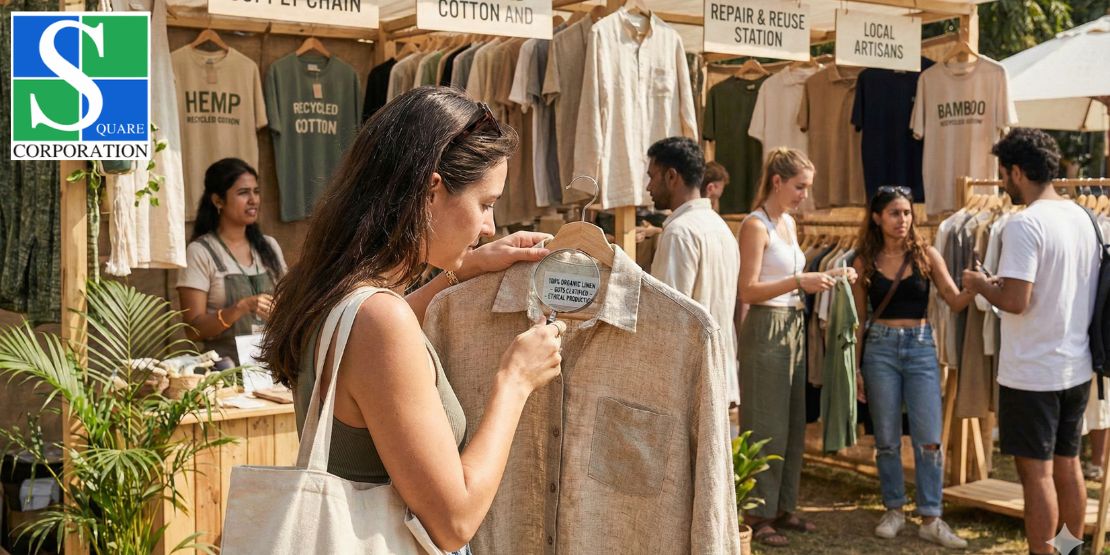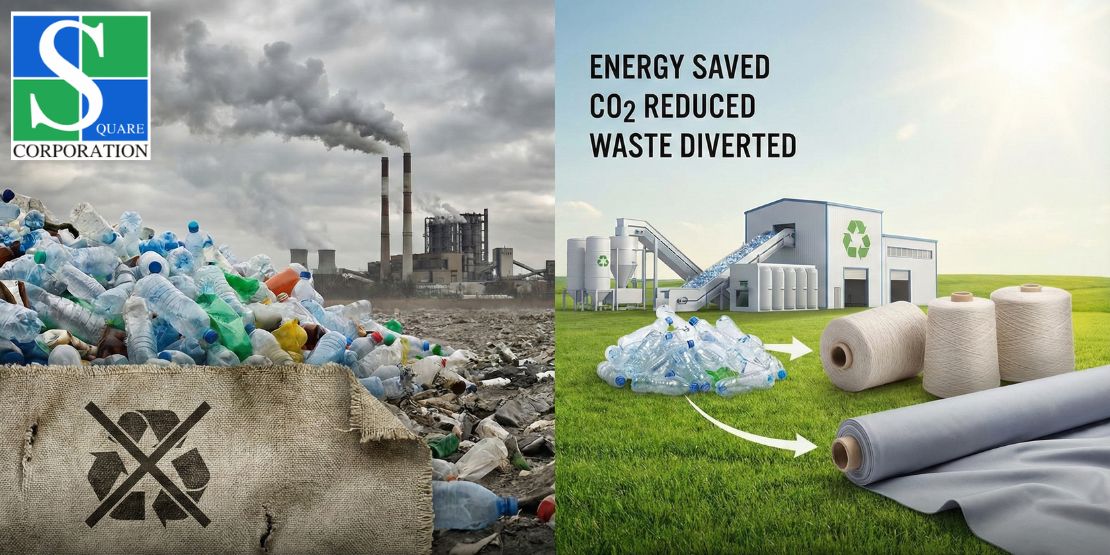25 December, 2025 | by Admin
The Journey of Natural Fibers: From Fields to Fabric
06 May, 2025 | by Admin
The fashion industry is growing at a rapid pace, and with it comes a thrilling burst of diversity. In India, consciousness regarding sustainability has resulted in a sudden change in the focus of the industry from synthetic to natural fibers. Natural fibers are also a good solution, providing sustainable options that are not only environmentally friendly but also incredibly comfortable to wear. It is due to this reason that textile mills in Gujarat are now more interested in natural fibers than synthetic ones, modifying their modus operandi based on the requirements of a more ethical and responsible fashion world.
Natural fibers have the most significant role in the textile industry. Do you have any idea how their journey starts? Do you wish to know the details? Then you are at the right place, where you can learn the details. Here, we will take you through the entire process of natural fibers. Let’s start the topic without wasting time.
Total Journey of The Natural Fibers People Should Know
Natural fibers have been the cornerstone of human fashion for centuries — they are renewable, breathable, and ingrained in the Earth. Join me while we follow their intriguing journey from fields to the garment that fills your closet.
Sowing the seeds
Cotton’s history starts in fields where seeds grow well in soil. Since the dawn of time till now, farming cotton has been well-rooted. Various plants of cotton are available all across the globe with various traits. Sowing and reaping take effort, which indicates a profound relationship between human beings and nature.
Harvesting
Farmers harvest and process the fibers after they prepare the crops. For instance, workers pick cotton and then process it at a gin to remove the fiber from the seeds. They pull flax and immerse it to extract fiber, which they spin into linen. This method is eco-friendly since it needs significantly less water and energy than producing synthetic fibers like polyester. If you are exporting to wholesale fabric suppliers in India, you will have to do this step carefully.
Extraction and retting
After they are cut, the fibers are cleaned and processed for application in textile production. Plant fibers like cotton and flax require separation from vegetable material, while animal fibers like wool and silk undergo shearing, washing, and other treatments. Examine the equipment and processes used.
Cleaning and carding
Ginning is an essential process in which cotton fibers are gently separated from seeds and other impurities. A cautious step at this stage guarantees the purity of the cotton fibers. With strict quality control measures, we guarantee the integrity of the fabric is not lost right from the start.
Spinning into the yarn
Spinning machines twist cotton fibers into endless yarns. Then, workers weave or knit the yarns into cloth. Weaving interlocks yarns in a crisscross pattern for stability, whereas knitting uses loops for flexibility. Finally, the cloth is subjected to finishing processes like washing, bleaching, dyeing, and printing to enhance its appearance and feel. These are the most critical steps that the best textile mills in Gujarat should adopt.
Weaving and knitting
The yarns that have been spun are knitted or woven together to make fabric. Learn to weave, which constructs a firm fabric structure by interweaving threads. Learn various types of looms and weaving patterns, like modern mechanized looms and the ancient handlooms. The technique of knitting, in which threads are looped upon each other to create fabric.
Dyeing and finishing
Colors and motifs give life to cotton fabrics. Natural dyes and green printing techniques create vivid color and intricate patterns. At the heart is sustainability, which ensures that every fabric has a tale of artistry and green awareness.
Design
The substance sits patiently awaiting its transformation into stunning attire, elegant household furniture, or trendy accessories. Gifted designers, skilled tailors, and dedicated artisans bring it to life, lovingly threading their art into every seam, turning plain cloth into pieces of beauty with a story to share.
This is the whole natural fiber process from the farm to the fabric. It underscores the rich heritage of the textiles that we wear every day, emphasizing the respect we must give all those who have been part of the process. Appreciate the beauty and sustainability of natural fibers, and take pride in being part of this significant movement.
Related Posts
20 December, 2025 | by Admin
Why Bamboo Yarn Is the Next Big Trend in Eco Garments...
15 December, 2025 | by Admin

